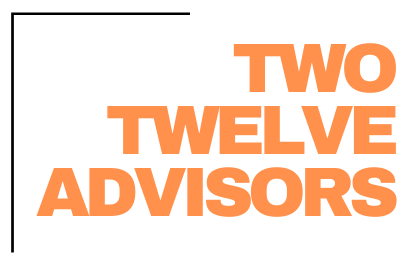As a business owner, it is crucial to understand how your company is performing on jobs. In the most basic sense, this means being able to know how much material and hours were put to a job, in comparison to what you expected (or estimated). With this information you can identify areas for improvement. You might realize that your team does not perform well on a certain task, so you will implement training. Or you might identify that the team is performing well, but the job was not estimated with enough time or materials. In this case you would make a change in your estimation practices. While many companies understand the importance of accurate estimation, they lose accurate job costing information in due to other practices. Specifically, managing work tickets accurately and using change orders.
Work Ticket Management
To capture the most accurate job costs, you need to ensure the work tickets are being managed accurately.
- 1Schedule the right ticket. Sounds simple! The time allocated to your work tickets is only as accurate as the work the team performs while clocked into them. This means scheduling the ticket for specific tasks, according to the estimate. Scheduling the right ticket is more than just the act of scheduling. It is also the act of training or organizing your team to perform to the estimate.
- 2Allocate materials accurately. When using Aspire Software, this means ensuring purchase receipts are allocated to the accurate work ticket, and the production team is allocating the accurate materials though the mobile app. (Side note: if you are allocating through the mobile app, this means your job costing will reflect your cost book prices. Be sure your cost book is up to date with accurate pricing!).
- 3Do not misuse the ticket. Similar to scheduling the right ticket, be sure that any additional work needed on site isn’t getting put towards tickets. If there is more work needed, it should either be tracked towards warranty, or a change order needs to be done.
Change Orders
It is common for a job to change course in one way or another, after the job has already been started. For example, you estimated for a task to be self-performed , but it turns out you will be subbing the work out. The easy button here would be to leave the estimate as is, not have any time allocated to the tickets, and allocate a purchase receipt for the sub costs to the ticket. Although this work around does work, it skews your jobs costing. Your labor will show drastically underbudget, and your material or sub cost will be overbudget.
To avoid the loss in data and ensure accurate job costs, you should perform a Change Order. This allows you to edit the estimate to reflect any change of plans, materials, labor, etc. Implementing this practice may also help you earn more revenue. When a client requests additional work, instead of fitting it in, you will perform a change order with the additions.
With great Estimation, Ticket Management, and Change Order practices in place, your job costing will be much more accurate. These three areas close the gab for most of the errors you find while reviewing a jobs performance. In addition to showing more real data, it allows for more accountability. When followed, this means all jobs should be within budget of the estimate. If they are not, it will be a red flag to review if the issue is performance or estimation issues. From here, accuracy will increase over time and your company can continue to grow your margins.
FREE DOWNLOAD:
Future-Proof Your Landscaping Business in 6 Easy Steps
Thrive Leads Shortcode could not be rendered, please check it in Thrive Leads Section!
